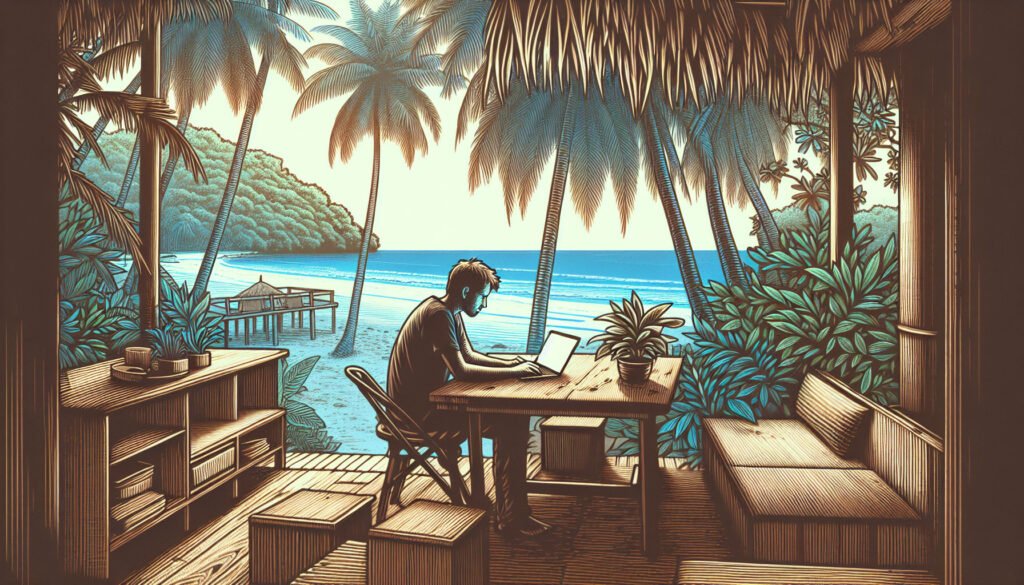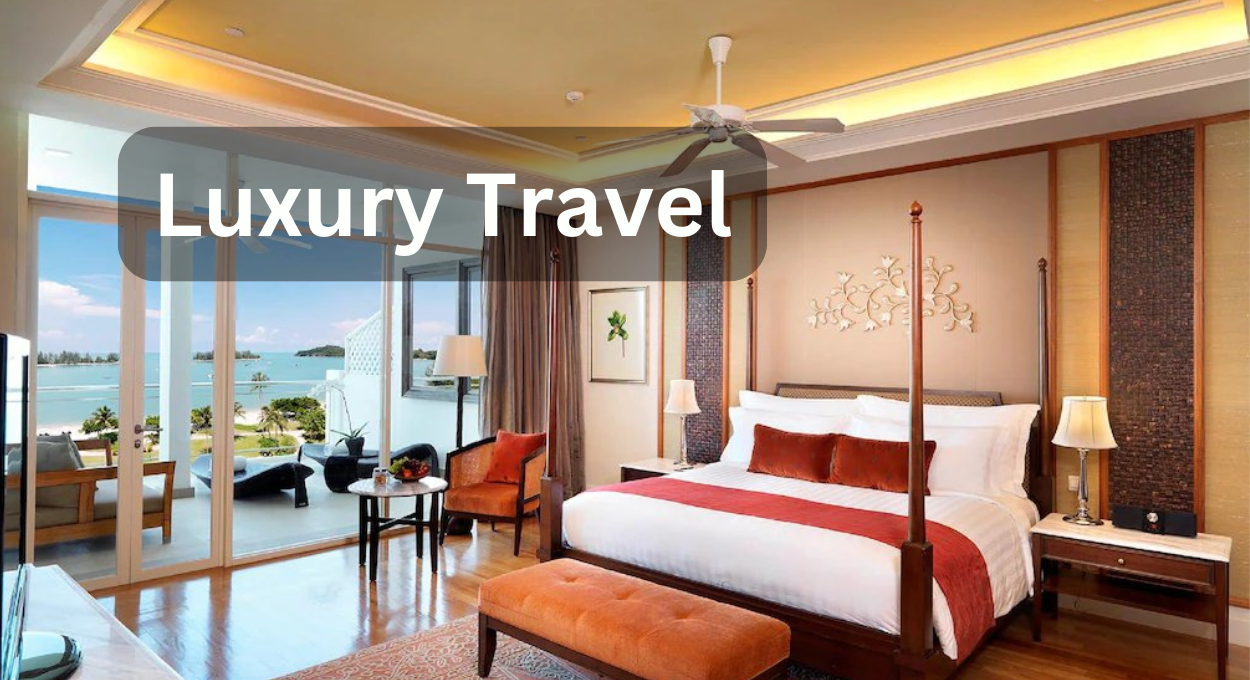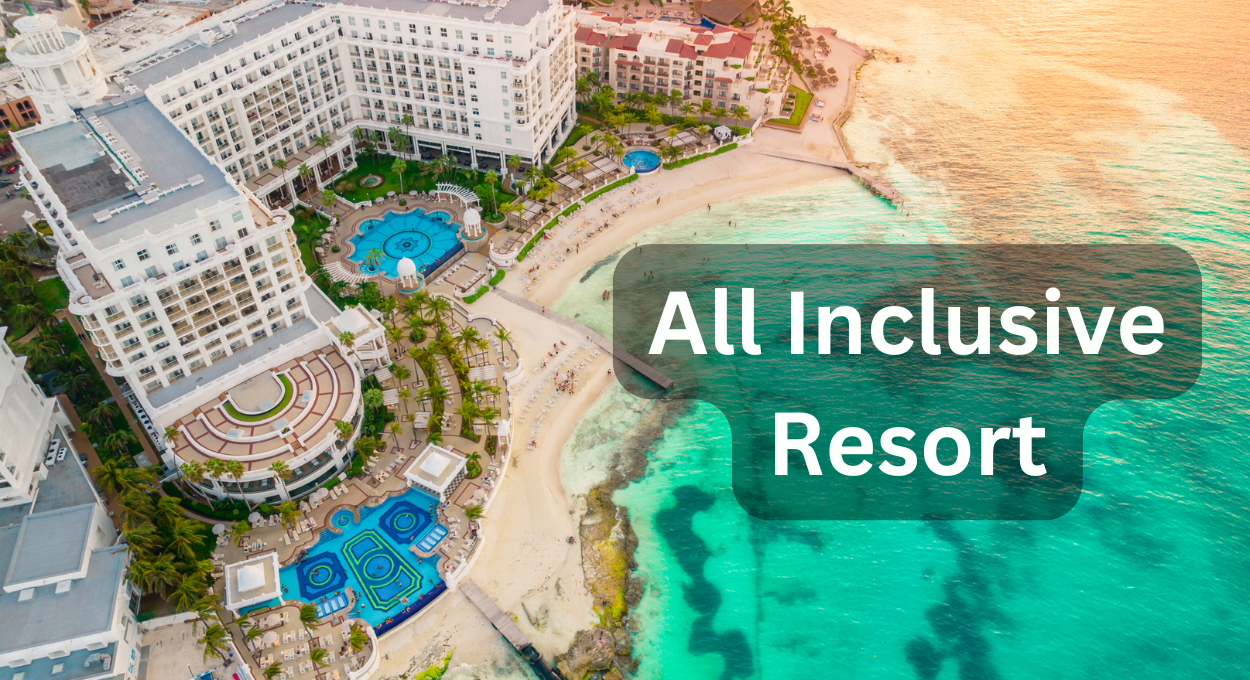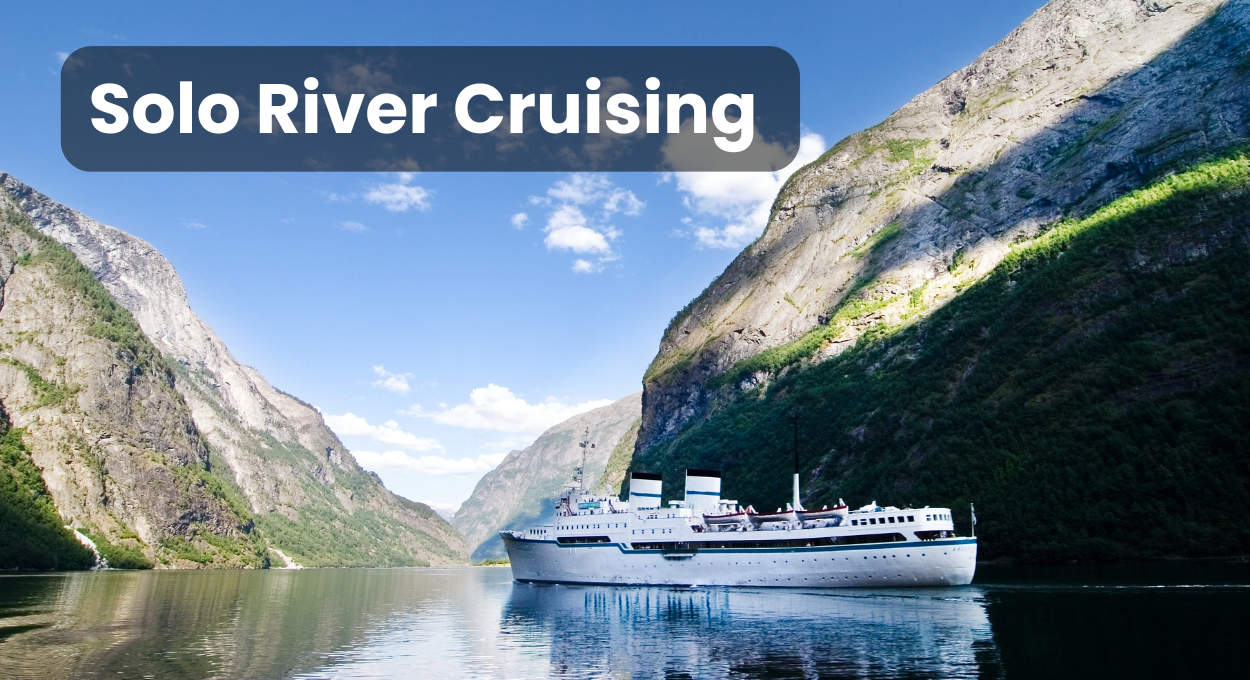Thinking about embracing the digital nomad lifestyle in the Philippines? With affordable living, beautiful scenery, and a welcoming culture, it’s a top choice for digital nomads.
Dive in to discover what makes the Philippines an ideal spot for your remote work journey.
- The newly introduced Philippines Digital Nomad Visa simplifies the process for remote workers to live and work legally in the country, requiring an income of $2,000 per month, a clean criminal record, and health insurance.
- Top destinations like Manila, BGC, Cebu, Siargao, Palawan, and Boracay cater to digital nomads with high-speed internet, coworking spaces, and vibrant local communities, blending work and leisure seamlessly.
Digital Nomads Philippines: Best Tips for Living and Working Remotely

Have you ever dreamed of escaping the 9-to-5 grind and embracing the freedom of the digital nomad lifestyle?
The Philippines, with its affordable cost of living, stunning landscapes, and welcoming English-speaking locals, offers an unparalleled opportunity to do just that.
Imagine diving into the crystal-clear waters of Palawan after a productive work session, or exploring the historic streets of Manila on your day off.
The digital nomad community in the Philippines is thriving, and this guide will help you navigate the ins and outs of living and working remotely in this tropical paradise.
Introduction
I will reveal why the Philippines is an enticing choice for digital nomads. Beyond the postcard-perfect scenery and the warmth of its people, you’ll discover a destination that offers the essentials for a seamless remote work experience: from the fastest wifi spots to the most serene places to unwind.
Whether you’re an experienced nomad or just starting, the Philippines provides a unique blend of adventure and productivity that’s hard to beat.
Why Choose the Philippines as a Digital Nomad Destination?
The Philippines beckons digital nomads with its promise of a low-cost, high-reward lifestyle.
With an estimated living cost of just $1500 to $2000 per month, it’s a place where your dollar stretches far, allowing for a comfortable life amidst some of the world’s most beautiful landscapes.
From the hustle and bustle of Metro Manila to the pristine beaches of Boracay, every corner of this archipelago offers a unique backdrop for your digital nomad journey.
Understanding the Philippines Digital Nomad Visa
Introduced in June 2023, the new digital nomad visa, Philippines Digital Nomad Visa, is the country’s welcome mat for the global remote work community.
Designed to boost the local economy and attract digital talent, this visa simplifies the process for remote workers to legally live and work in the Philippines.
With an initial 12-month validity that can be extended for another year, it’s a golden ticket to experience the richness of Filipino culture without worrying about visa runs or legal gray areas.
As more countries join the trend, digital nomad visas are becoming increasingly popular among remote workers worldwide.
Requirements for the Philippines Digital Nomad Visa
Meeting certain criteria is necessary to establish your digital nomad status in the Philippines.
A steady income of around $2,000 per month, a clean criminal record, and comprehensive health insurance are just the starting points.
You’ll also need to verify your status as a remote worker, whether you’re a freelancer, entrepreneur, or employed by an overseas company.
Once you’ve gathered your documents and met the requirements, you’re well on your way to embracing the digital nomad life in the Philippines as a remote worker.
How to Apply for the Digital Nomad Visa
Applying for the Philippines Digital Nomad Visa is a simple process. Start by submitting your application online, then schedule an appointment at a Philippine embassy or consulate to verify your documents and pay the tourist visa fee.
After paying the tourist visa fee and having your passport stamped, you’re ready to embark on your Filipino adventure as an official digital nomad.
Top Destinations for Digital Nomads in the Philippines

A wide variety of destinations are available for digital nomads in the Philippines. From the urban energy of Metro Manila to the laid-back beach towns of Cebu and Siargao, there’s a spot for every type of remote worker.
As a digital nomad, the Philippines offers prime locations where you can immerse yourself in the local culture while working remotely.
Manila
Manila, one of the major cities and the bustling capital of the Philippines, is a magnet for digital nomads seeking:
- Fast internet
- A lively urban experience
- Cultural landmarks
- Endless dining options
- An electrifying nightlife
Manila offers a dynamic backdrop for your remote work life.
The districts of Makati and BGC are particularly popular, boasting some of the best coworking spaces and wifi speeds in the country.
Cebu

Cebu stands out as a central hub for digital nomads, offering:
- Easy access to other beautiful islands
- A growing expat community
- Beachfront coworking spaces to work from during the day
- Local events to connect with fellow remote workers by night.
With its blend of city conveniences and island charm, Cebu is a prime choice for those looking to mix business with pleasure.
Siargao

Siargao, renowned for its surf breaks and tranquil atmosphere, is a haven for digital nomads who crave a slower pace of life.
With the recent introduction of Starlink internet in the General Luna area, staying connected has never been easier.
Join the Siargao Digital Nomads Facebook group to find community and tips on the best spots to work and play.
Palawan
Palawan is a dream destination for nature-loving digital nomads. With its awe-inspiring landscapes and reliable internet in Puerto Princesa and El Nido, you can seamlessly blend work with exploration.
Accommodations catering to remote workers ensure you can enjoy Palawan’s natural wonders without compromising on productivity.
Boracay
Boracay’s white sand beaches and vibrant atmosphere make it an attractive spot for digital nomads. With resorts like Ferra Hotel providing excellent wifi amenities, you can stay connected while indulging in the island’s leisure activities.
It’s the perfect place to unwind after a day’s work and network with other remote workers.
Internet Connectivity in the Philippines
Despite slower speeds compared to other Southeast Asian countries, maintaining internet connectivity in the Philippines is manageable with proper preparation.
However, with the right preparation and knowledge of local options, like using SMART SIM cards or eSIM plans from providers like Nomad and Airalo, you can ensure a stable connection for your remote work needs.
Cost of Living for Digital Nomads in the Philippines
The cost of living in the Philippines as a digital nomad offers affordable living. With a monthly cost starting at $550, excluding rent, you can enjoy a comfortable lifestyle without breaking the bank. Rent varies across the country but generally falls between $200 and $600, depending on location and amenities.
Coworking Spaces and Cafes

The Philippines offers a variety of coworking spaces and cafes that cater to the needs of digital nomads with reliable internet.
From bustling Metro Manila to the serene islands, you can find spots with reliable internet and comfortable working environments that foster productivity and creativity.
Safety and Health Tips for Digital Nomads
Being prepared is fundamental to ensuring safety and health while living as a digital nomad in the Philippines. Comprehensive health insurance coverage, awareness of your surroundings, and planning for weather-related events like typhoons will help ensure a smooth and secure digital nomad experience in the Philippines.
Engaging with the Digital Nomad Community
Establishing connections forms a central part of the digital nomad experience. In the Philippines, Facebook groups and local events offer ample opportunities to engage with other remote workers, share experiences, and form lasting friendships.
Island Hopping and Remote Work
The ability to island hop while maintaining productivity is a distinct advantage of the digital nomad lifestyle in the Philippines, opening up opportunities to explore stunning locations.
Planning and flexibility are crucial to ensuring your work doesn’t suffer while you indulge in travel adventures.
Essential Travel Tips for Digital Nomads
Having insider knowledge is beneficial when traversing the Philippines as a digital nomad. From understanding visa requirements and navigating traffic to knowing when to tip, these travel tips will help you adapt to local customs and avoid common pitfalls.
Summary
In summary, the Philippines offers a rich and diverse landscape for digital nomads seeking adventure and a fulfilling work-life balance.
So get off the couch or whatever. This year make it happen. Its all at finger tips……..
Frequently Asked Questions
What is the cost of living for a digital nomad in the Philippines?
The cost of living for a digital nomad in the Philippines can start from around $550 per month, excluding rent, which can range from $200 to $600 depending on the location. Keep in mind that these figures can vary based on personal lifestyle and spending choices.
Is internet connectivity reliable for remote work in the Philippines?
Internet connectivity in the Philippines can be a challenge, especially on the islands. It’s best to use local SIM cards or eSIM plans and opt for accommodations with reliable wifi.
How can I connect with the digital nomad community in the Philippines?
You can connect with the digital nomad community in the Philippines by joining Facebook groups such as ‘Digital Nomad Philippines’ and attending local events. This will help you network and meet like-minded individuals who share your lifestyle.
What are the requirements for the Philippines Digital Nomad Visa?
To qualify for the Philippines Digital Nomad Visa, you’ll need to show proof of stable income (about $2,000 per month), have comprehensive health insurance, a clean criminal record, and verify your remote work status.
Can I travel around the Philippines while working remotely?
Absolutely! Many digital nomads choose to work remotely while traveling around the Philippines, especially through island hopping. Just make sure to plan for accommodations with reliable internet and maintain a flexible work schedule.







